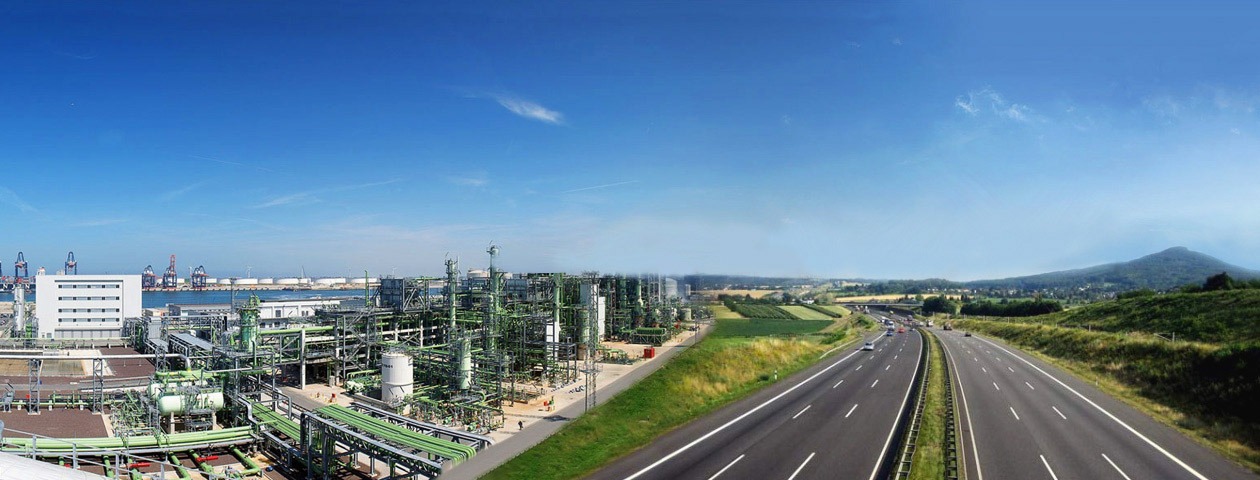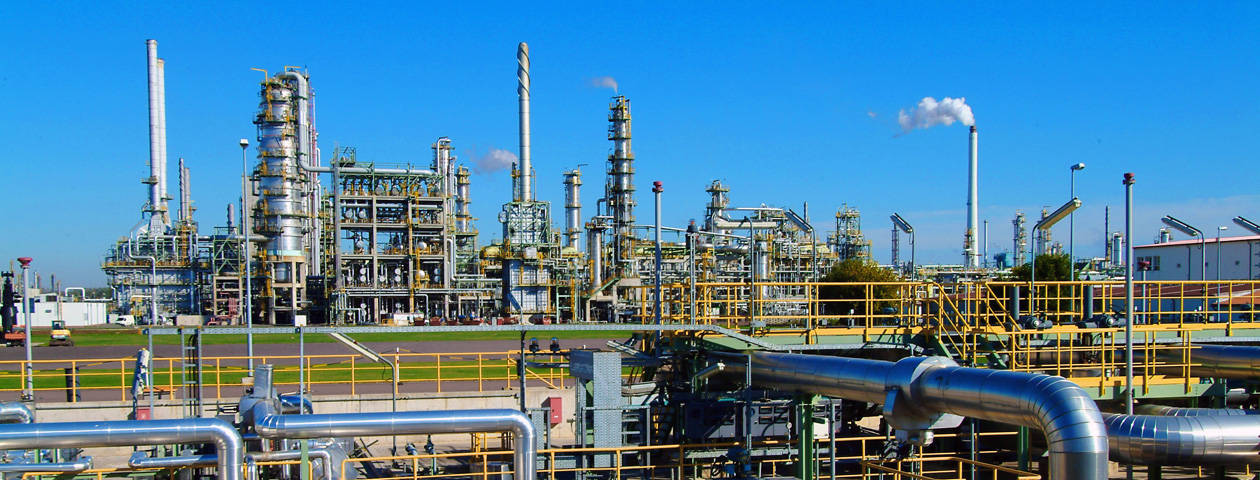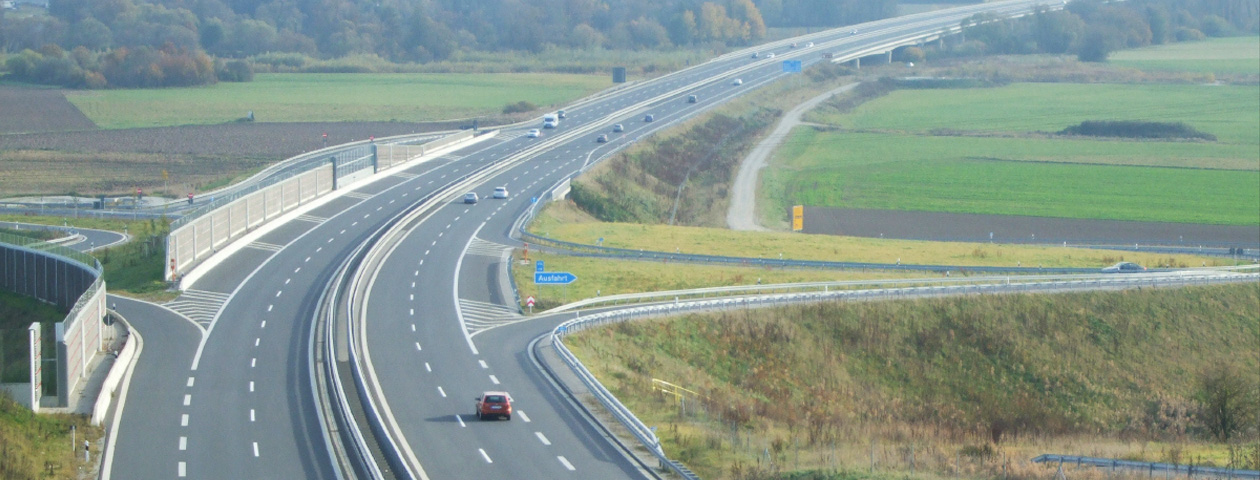OAO NK Rosneft and ExxonMobil joint venture Carminatives” began drilling the Northern wells in the Russian Federation “University-1″ using the platform West Alpha.
The start of drilling was given by the President of the Russian Federation Vladimir Putin during a teleconference with the head of JSC “NK “Rosneft” Igor Sechin, head of ExxonMobil Russia Glen Waller, who was in the Kara sea. Also at the ceremony was attended by the special representative of the President of the Russian Federation for international cooperation in the Arctic and Antarctic, member of the Board of Directors of Rosneft Arthur Chilingarov and the representative of North Atlantic Drilling Jan Thor Geyman.
“Start exploratory drilling in the Kara sea is one of the main events of the year in the global oil and gas industry. As a result of this work we hope to open a new Kara sea oil province. Development of the Arctic shelf has a huge multiplier effect for the entire Russian economy”, – said Igor Sechin.
Platform West Alpha delivered by the Norwegian company, North Atlantic Drilling, which Rosneft 30 July 2014 signed long-term agreements for drilling offshore. West Alpha was transported through the Barents, Pechora and Kara sea and set on the point of drilling on the license area East Prinovozemelskih-1 in the Kara sea. To the destination drilling platform has gone through over 1,900 nautical miles. The displacement unit is 30 700 tons, length – 70 m, a width of 66 m, the height of the rig above the main deck – 108.5 m, sediment during drilling – 21,5 m
On the point of the drilling rig is held with 8-anchor positioning system. This provides increased stability of the platform. A large part of the platform is out of the waves, and they can’t interfere with installation. The plant is capable of drilling to a depth of 7 km Drilling will continue for two months.
Experts Rosneft and ExxonMobil few months preparing the installation to operations in the Kara sea. Rig West Alpha took additional modernization, aimed at improving the overall reliability of main and auxiliary equipment, and preparedness to work at low temperatures all systems, including first of all the life-support systems and emergency evacuation.
Platform hosted an innovative set of ice situation monitoring to detect icebergs and monitoring of sea ice. In his work uses an infrared camera and a modern on-Board radar. Analyses of satellite imagery and aerial reconnaissance.
To ensure safe operation of the West Alpha in heavy ice conditions Rosneft and ExxonMobil has developed a unique scheme for prevention of collisions with icebergs. It provides even physical impact on the ice: if the experts think that the Taurus or the ice may damage the machine, specialized support vessels will hotboxing him at a safe distance. If physical action is impossible, the system isolates the well without harm to the environment, and the rig is moved to a safe place. The platform is equipped with two groups BOP and independent underwater by a locking device.
view all news


